Top Photo: Male zabulon skipper.
While walking through Catch the Wind I noticed a bit of frass on the pavement. The frass (caterpillar poop) was below a volunteer sapling ash tree at the edge of the path. After a frustrating five or ten minutes of searching I found the originator of the frass.
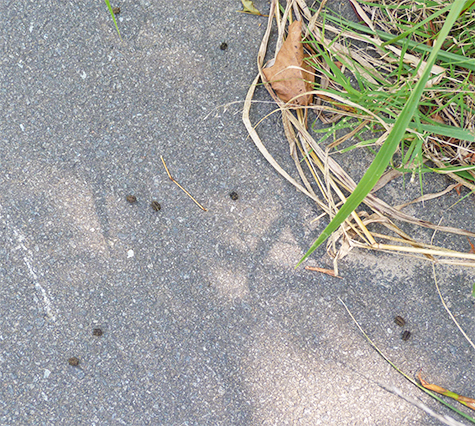
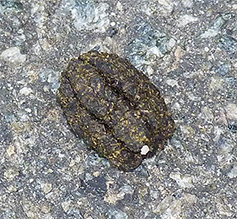
I had already suspected who the culprit was, having seen one at this very location, on this very same tree, a year ago.
A few days back, I posted about a pair of sphinx moth species found clinging to a wall in Explore the Wild. They were in adult form. Here, I was looking at the 3 plus inch larva of a sphinx moth, a rustic sphinx moth. Like the larval form of the previous two, this was a hornworm.
It’s always fun to find a large sphinx moth caterpillar, except perhaps finding one on your tomato plants. But this was not a tobacco or tomato hornworm and it was not eating my plants, so I was excited.
Two distinguishing characteristics of this particular caterpillar are its spiked head and “horn.” Most other sphinx moth caterpillars have smooth head and horns.
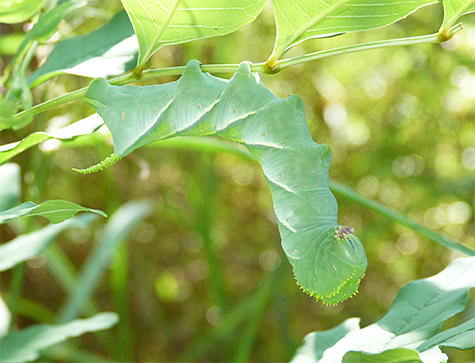
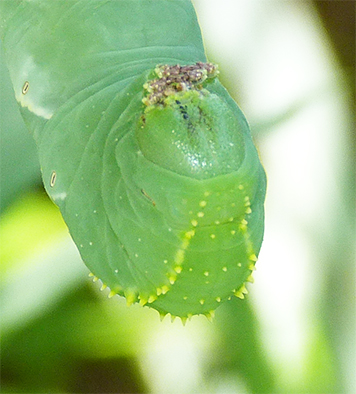
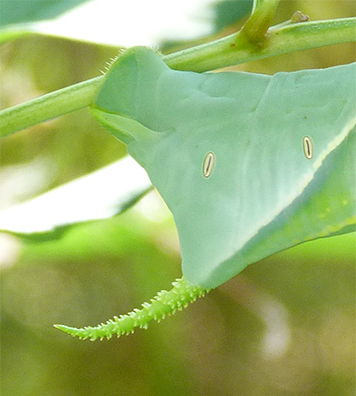
Across the path from the sapling ash and hornworm there stands a bull thistle. While in bloom, thistle flowers invite butterflies to nectar. I spotted a Zebulon skipper perched on this thistle.
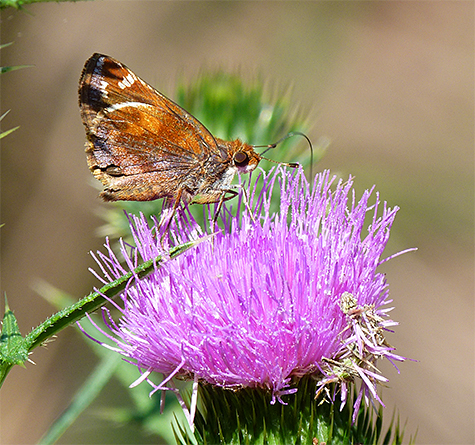
I’ve tried to find out, unsuccessfully, why this butterfly is named Zabulon. Perhaps I didn’t look hard enough. I’ve often wondered the reason for the name but have never searched hard and long enough to find out. No one I’ve asked in the past has been able to shed light on the reason for the name. What I do know is, Zebulun (Zabulon) was the sixth son of Jacob (bible). I assume that is who this butterfly is named for, but I don’t know why.
I can also tell you that the sexes, male and female, are strikingly different in this species. In many butterfly species, especially skippers (the little brown jobs), the male and female are similar, not so in Zabulon.
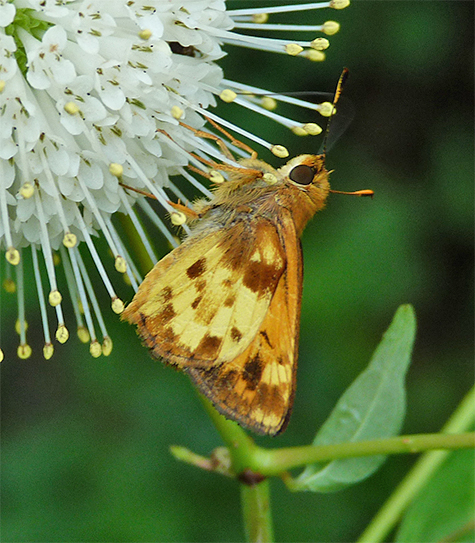
During the first week of August I came upon a struggle for survival between a cardinal and a praying, or Chinese mantid. Chinese mantids are large, up to five inches long. Our native species, the Carolina mantid is about half that size. Ranger Lew spotted one on the low, stone wall in front of the Train Station here at the Museum.
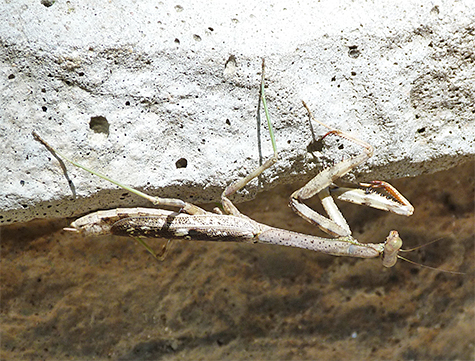
Always keep and eye and ear opened. You never know what you may discover.